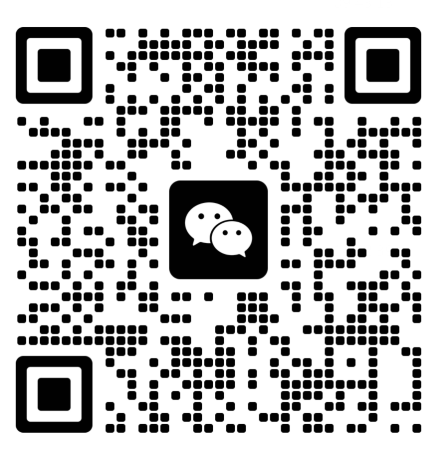 +86 755 2794 4155
+86 755 2794 4155  sales@knownpcb.com
sales@knownpcb.com
-
Shenzhen KNOWNPCB Technology Co., Ltd.
 +86 755 2794 4155
+86 755 2794 4155  sales@knownpcb.com
sales@knownpcb.com
 2025-09-25
2025-09-25
 693
693
This issue introduces the fundamental part of commonly used PCB terminology. It covers terms related to materials, hole types & interconnection technology, and the manufacturing process.
Materials
FR-4: The most commonly used PCB substrate material, a glass fiber reinforced epoxy resin flame-retardant laminate (FR = Flame Retardant).
Copper Clad Laminate (CCL): The core base material for PCB fabrication, also referred to as the core.
Prepreg: A partially cured resin material, similar to “glue,” which melts during lamination and bonds the core layers together.
Copper Foil: A thin layer of copper laminated onto the substrate, which is etched to form conductive traces.
Flexible Substrates: Such as polyimide (PI), used in flexible printed circuits (FPC).
High-Performance Substrates: Materials such as Rogers, halogen-free, and low-loss laminates, used for high-speed and high-frequency applications.

Hole Types and Interconnection Technology
Through-Hole: A hole drilled through the entire PCB, used for through-hole components or electrical interconnection.
Via: A general term for holes providing interlayer electrical connections.
Blind Via: Connects an outer layer to one or more inner layers, without passing through the entire board.
Buried Via: Connects only internal layers, without reaching the outer layers.
PTH (Plated Through-Hole): A via with copper plating on the hole wall, enabling electrical connection.
NPTH (Non-Plated Through-Hole): A via without copper plating, usually used for mechanical mounting or positioning.
Backdrill: A process of removing unused portions of plated through-holes to improve signal integrity in high-speed designs.

Manufacturing Process
Cutting: Cut large sheets of copper-clad laminate into panels of the size required for production.
Inner Layer Imaging: Transfer the inner layer circuit pattern to the core board through processes such as exposure, development, and etching.
Lamination: Laminate the core board, prepreg, and copper foil into a single integral multilayer board under high temperature and high pressure.
Drilling: Use CNC drilling machines to drill various through-holes and blind/buried vias on the PCB.
Etching: Use chemical solutions to etch away the copper without a protective layer, leaving the final circuit pattern.
Solder Mask Printing: Cover the board with solder mask ink by screen printing or coating, and then expose it.
Surface Finish: Applying protective coatings to exposed pads.
Surface Finish
HASL(Hot Air Solder Leveling): Low-cost, widely used, but with limited flatness.
ENIG(Electroless Nickel Immersion Gold): Excellent flatness and solderability, suitable for wire bonding, but relatively costly.
OSP(Organic Solderability Preservative): Environmentally friendly and low-cost, but with a short shelf life.
Immersion Silver/Tin: Provides good flatness and serves as alternatives to HASL and ENIG.
Hard Gold Finger: Used on connector contact areas for high wear resistance.

Inspection & Testing
HASL(Hot Air Solder Leveling): Detecting defects in circuit patterns.
AVI (Automated Vision Inspection): Inspecting PCB appearance.
X-Ray Inspection: Used to detect hidden joints, such as BGA solder balls.
Flying Probe Test: Testing electrical connectivity using movable probes, suitable for prototypes or small batches.
Impedance Control: Ensuring transmission line impedance meets design targets (e.g., 50Ω), critical for high-speed circuits.
PCB Layout & Packaging
Impedance Design: Including single-ended and differential impedance design.

Stack-Up Design: Planning PCB layer structure to meet routing, impedance, and EMC requirements.

BGA (Ball Grid Array):A package type with solder balls arranged in a grid, commonly used for high I/O devices.


Or call +86 755 2794 4155
Inquiry Now

